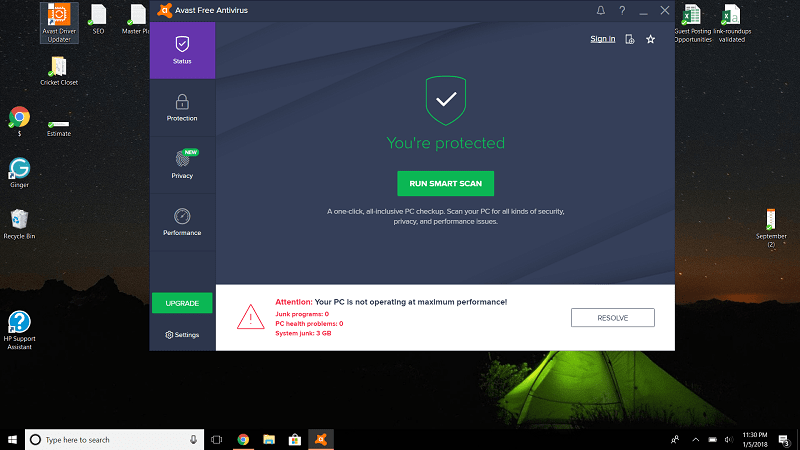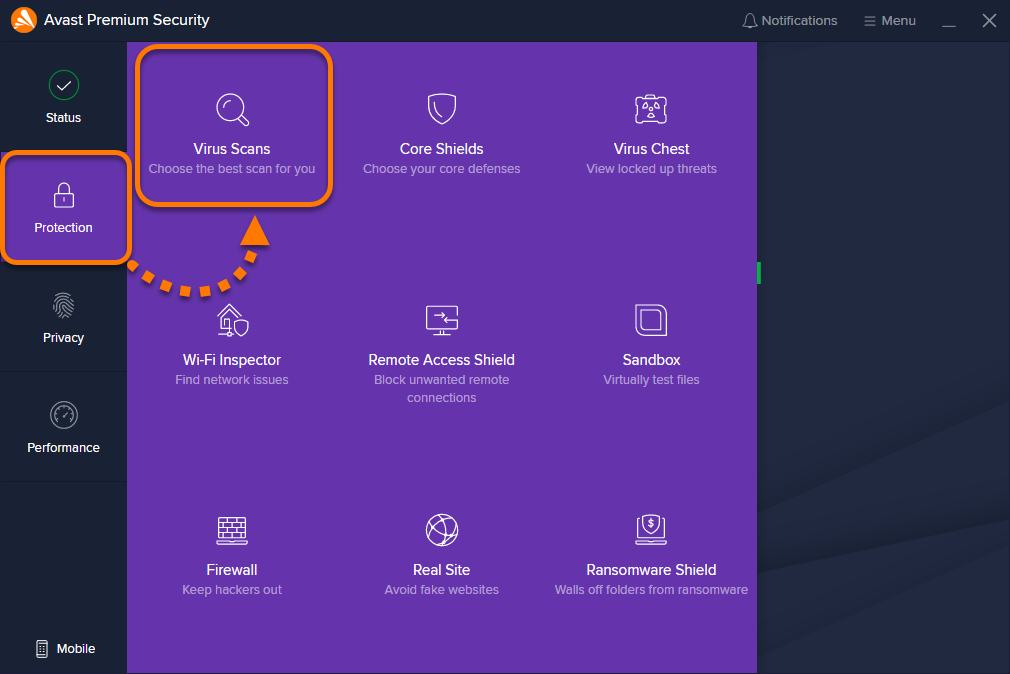


Out of the total AutoRun-gen2 attacks, 84% of the attempts were repelled by the on-access scans in the avast! System Shield.

The incoming malware copies itself into the core of the Windows OS and can replicate itself each time the computer is started. The infected device – most commonly a memory stick, but potentially any device with a mass-storage capacity such as a PSP, digital camera, some cellular phones, and mp3 players – starts an executable file which then invites a wide array of malware into the computer. This feature is misused when a USB device infected by “INF:AutoRun-gen2 ”, avast!’s generic detection term for this type of malware worm, is connected to a computer. Put these two factors together and we have an interesting scenario.” “Cyber-criminals are taking advantage of people’s natural inclination to share with their friends and the growing memory capacity of USB devices. The threat of USB-distributed malware is much more widespread than just the Stuxnet attacks on enterprise computers – which were also spread via infected memory sticks,” said Virus Lab analyst Jan Sirmer. “AutoRun is a really useful tool, but it is also a way to spread more than two-thirds of current malware. AutoRun alerts computer users when a new device such as a memory stick is connected and is designed to help them choose what application should run with the new files. The key attack point for malware is the ‘AutoRun’ feature in Microsoft Windows operating systems (OS). Researchers found that, of the 700,000 recorded attacks on computers in the avast! Community system during the last week in October, one out of every eight attacks – or 13.5% – came via USB devices. PRAGUE, Czech Republic, NovemAVAST Software, developer of the award-winning avast! antivirus program, is detecting a growing number of malware attacks targeting the AutoRun function in Windows and plug-in USB devices.



 0 kommentar(er)
0 kommentar(er)
